2024 Striper Fishing in North Carolina
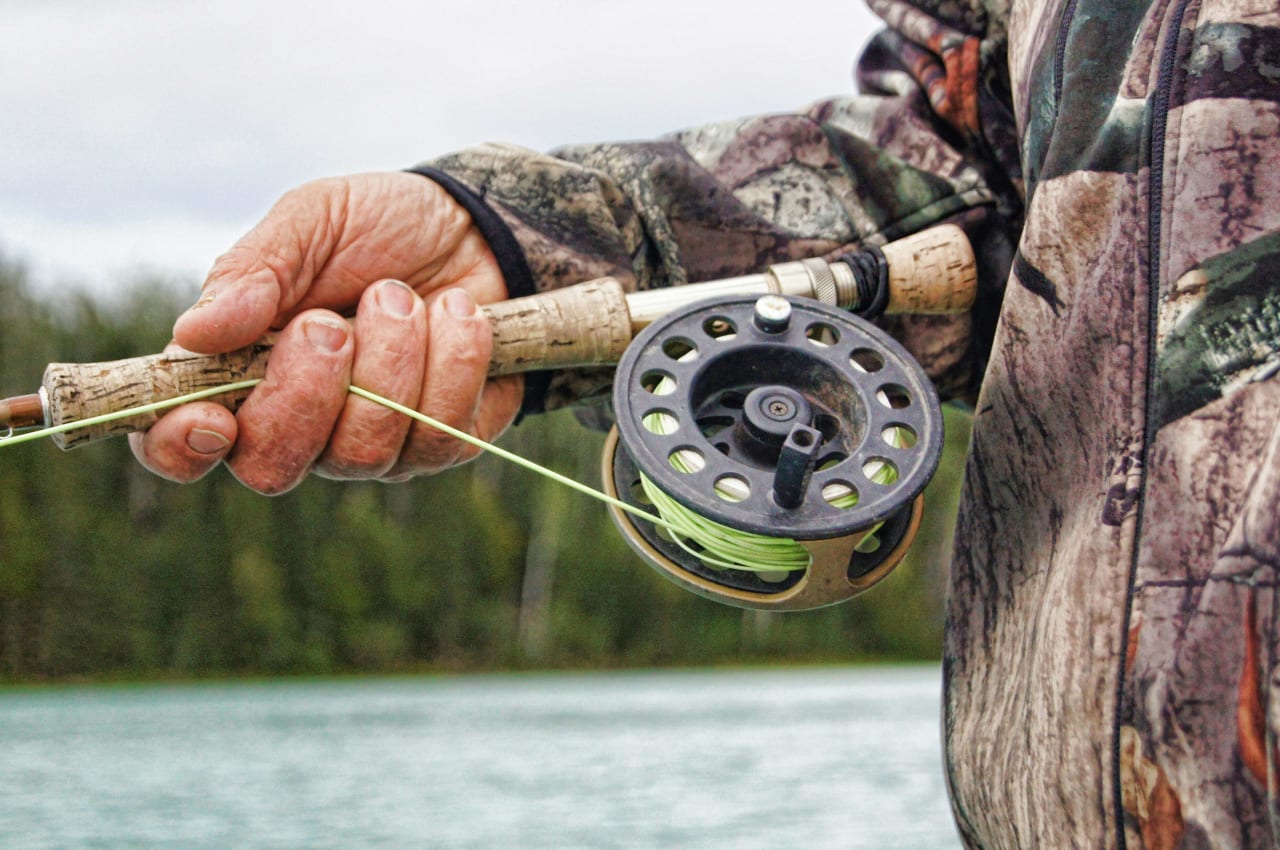

Legacy Farms and Ranches would like to shed some light on another great resource our state has to offer this time of year. If chasing gobbling tom’s is not for you but prefer to cast a line then take a drive Weldon, NC. It's known as the rockfish capital of the world. Every spring thousands of anglers travel to Halifax County to spend the day exploring the beautiful waters of the Roanoke River in hopes of catching a striped bass.
Striper fishing in North Carolina is a popular activity, particularly in rivers and estuaries along the coast. Here are some key points to know about striper fishing in North Carolina:
Species: Striped bass (Morone saxatilis) are anadromous fish, meaning they spend most of their lives in saltwater but migrate to freshwater rivers to spawn. They have distinctive dark stripes running along their bodies, hence the name "striped bass."
Locations: North Carolina offers numerous opportunities for striper fishing, with popular locations including the Roanoke River, Neuse River, Cape Fear River, Pamlico Sound, and Albemarle Sound. These areas are known for their healthy populations of striped bass and attract anglers from across the region.
Seasonality: Striped bass fishing in North Carolina is seasonal, with peak times occurring during the spring and fall migrations. In the spring, typically from March to May, stripers migrate upstream into rivers to spawn. In the fall, from September to November, they return to coastal waters after spawning. However, striper fishing can still be productive year-round in certain locations.
Techniques: Anglers use a variety of techniques to catch striped bass including trolling with lures or live bait, casting with artificial lures or bait, jigging, and fly fishing. The choice of technique depends on factors such as water conditions, location, and the behavior of the fish.
Baits and Lures: Popular baits for striper fishing include live baitfish such as menhaden, mullet, and herring, as well as artificial lures such as plugs, jigs, soft plastics, and swimbaits. The choice of bait or lure depends on the fishing method and the preferences of the angler.
Regulations: It's important for anglers to be aware of and comply with fishing regulations set by the North Carolina Wildlife Resources Commission. These regulations may include size limits, bag limits, and seasons, which can vary depending on the location and specific waterbody.
Conservation: Striped bass are subject to conservation efforts in North Carolina to ensure sustainable populations. Catch-and-release practices, as well as regulations on harvest limits, help protect the fishery for future generations of anglers.
Overall, striper fishing in North Carolina offers a rewarding experience for anglers of all skill levels, with opportunities to catch trophy-sized fish in beautiful coastal and river environments. We hope you enjoyed this article and will be able to put use some of these on a striper trip in the near future.

NC Solar Greenhouses

Spring Striper Fishing in North Carolina
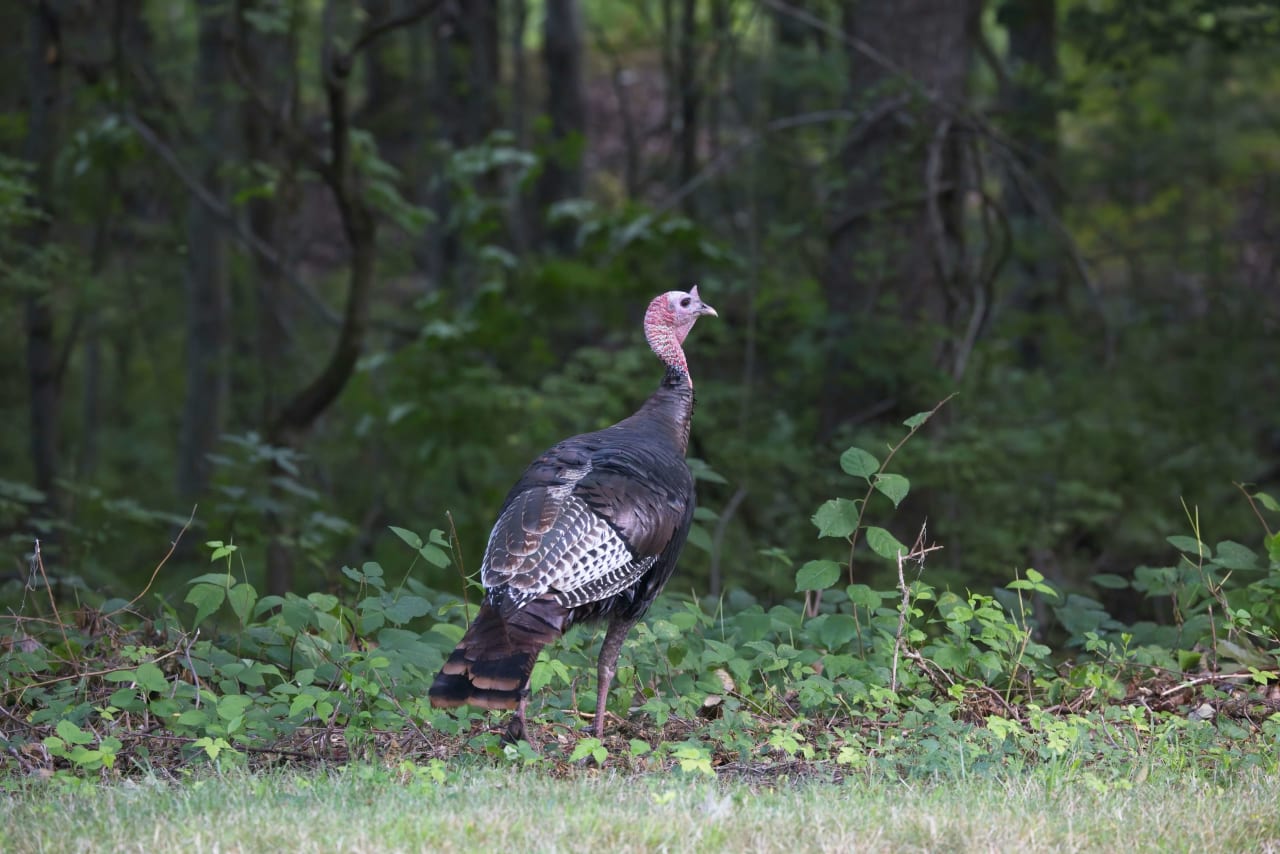
NC 2024 Turkey Season is Close

Spring Garden Bed Preparation

NC DDC Dixe Deer Classis 2024

Finding Homes on Land in Central North Carolina
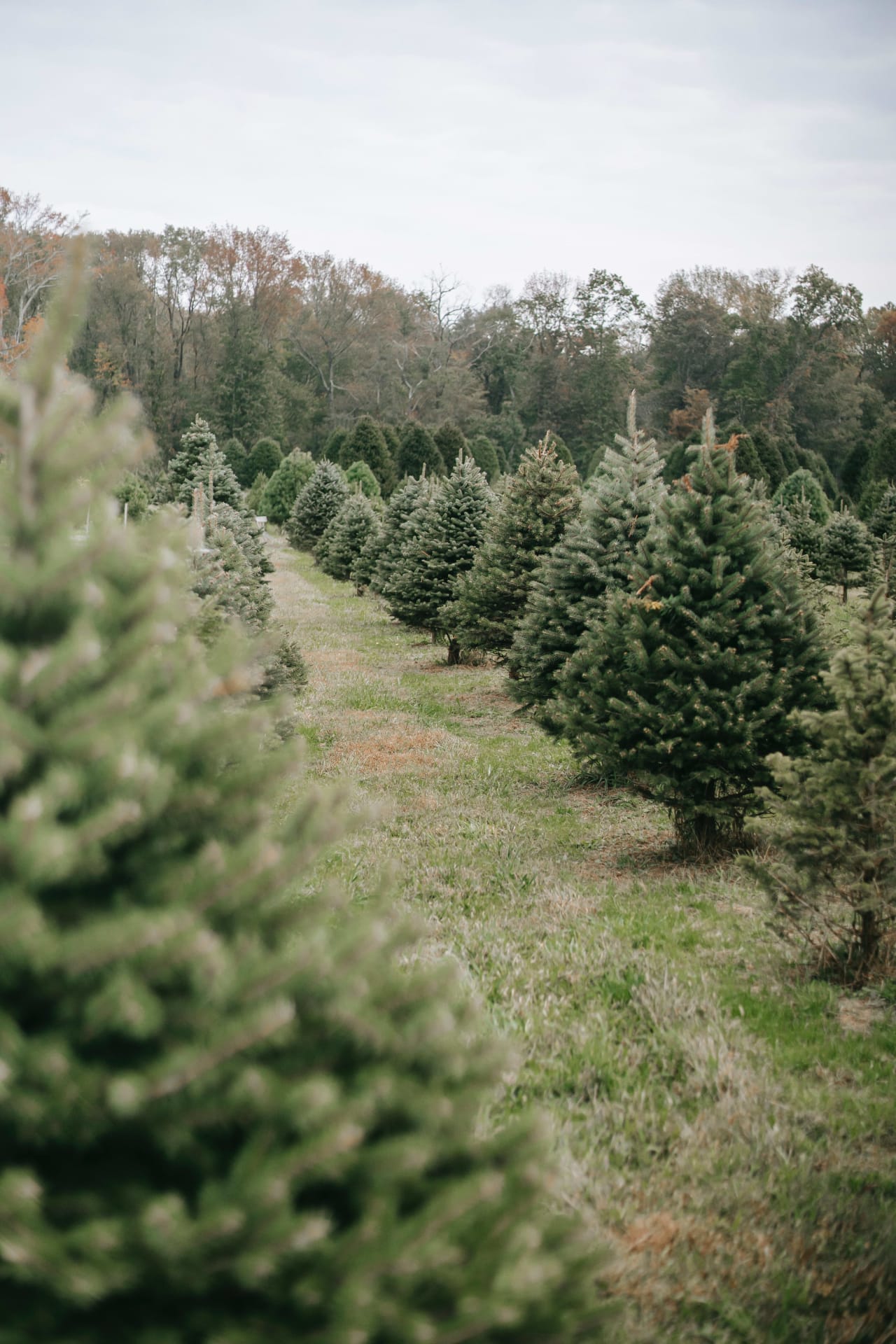
NC Christmas tree industry
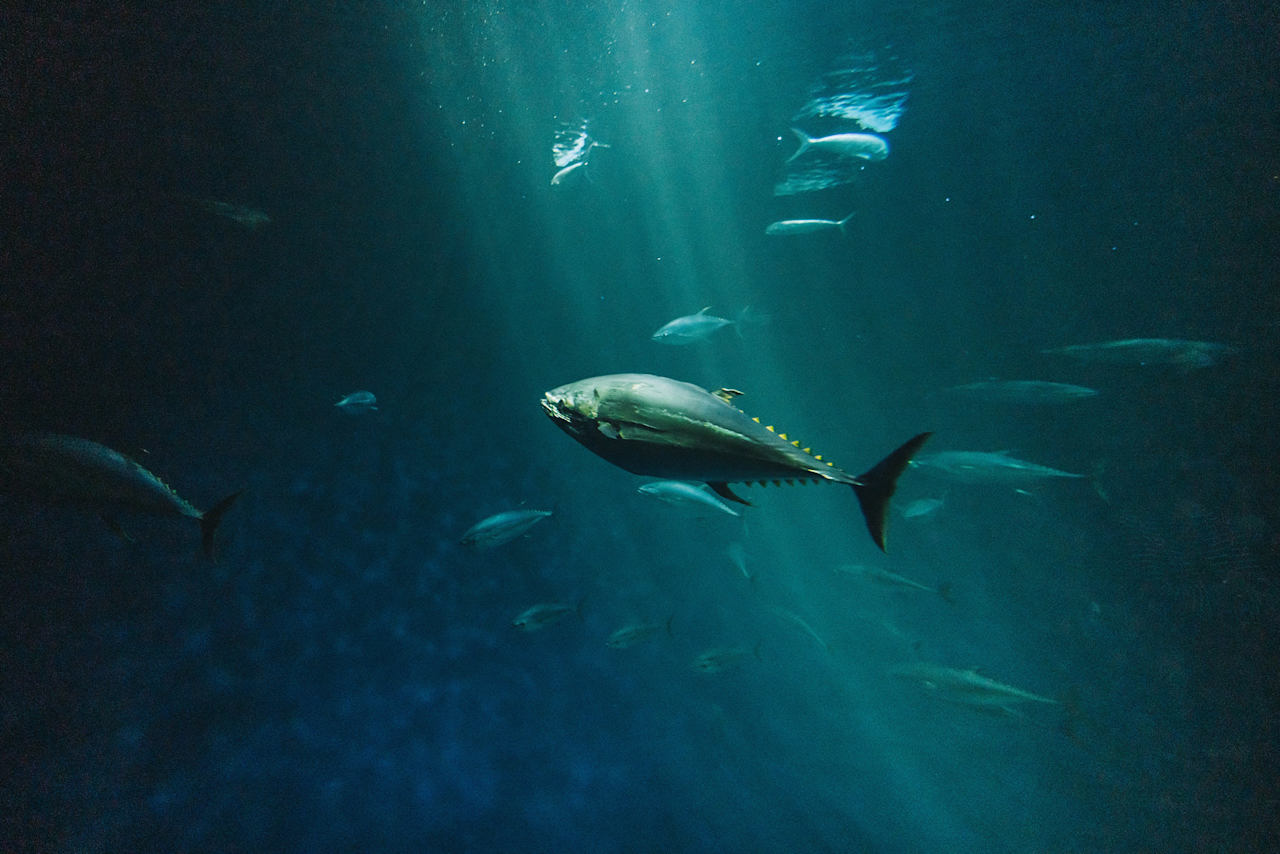
2023 NC Blue Fin Tuna has Started
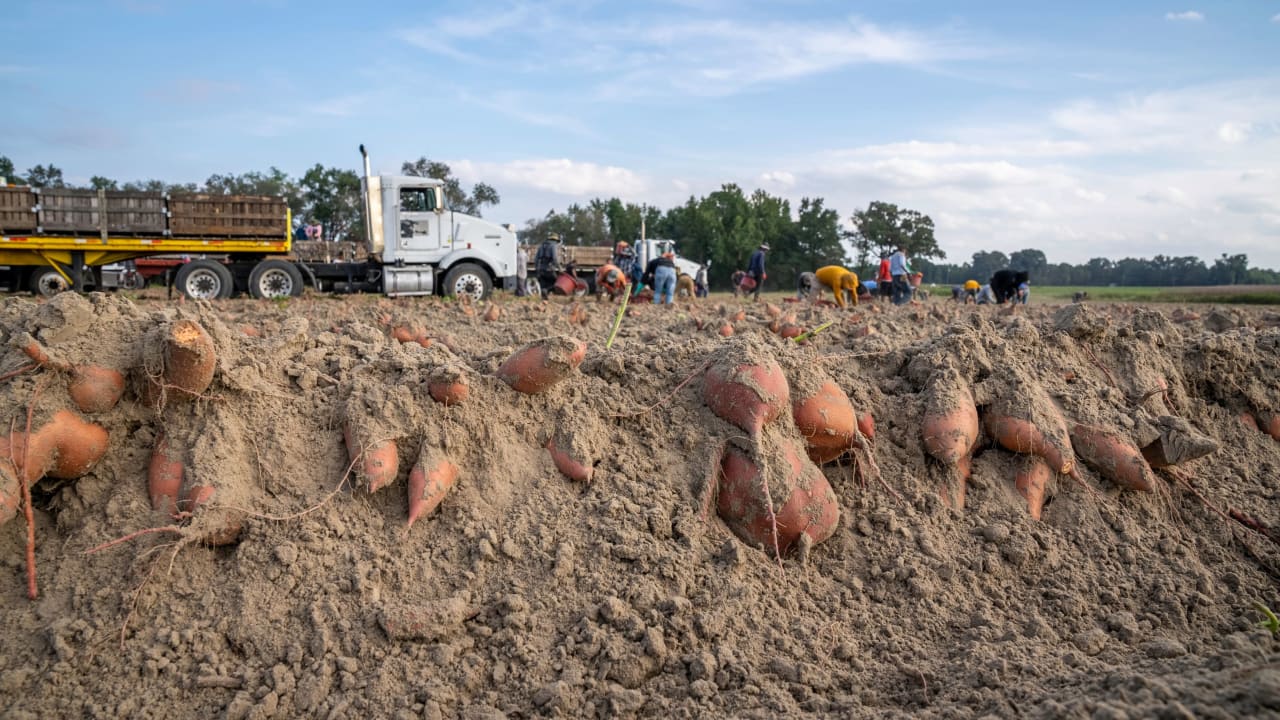
Sweet Potato (Ipomoea batatas)
If you have a unique country home, hunting or fishing land, or other premier North Carolina property for sale, call Legacy Farms and Ranches today to learn how they can help you market your property to thousands of discerning viewers across the country.